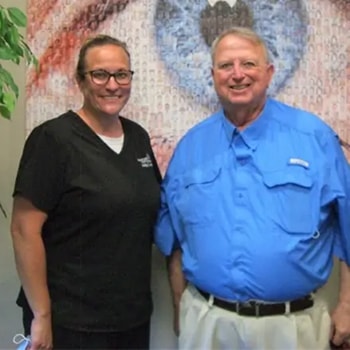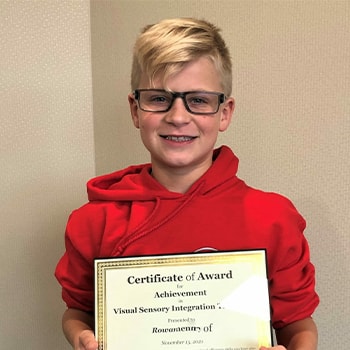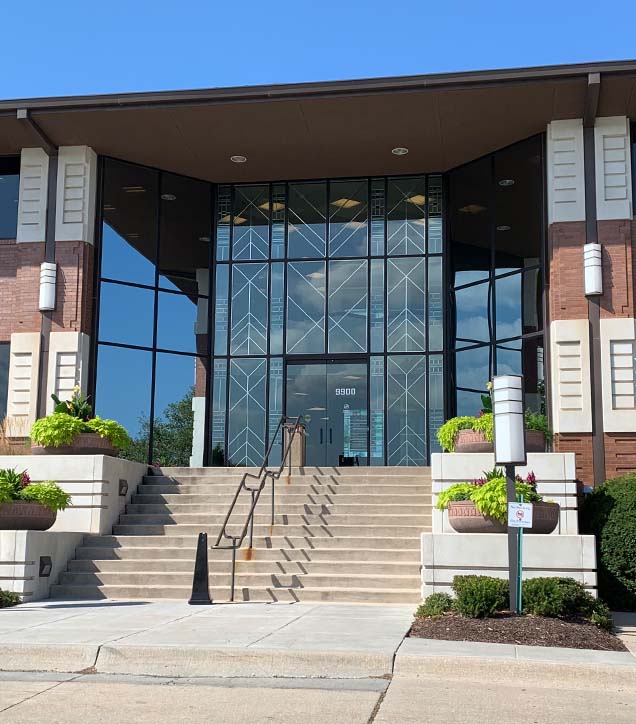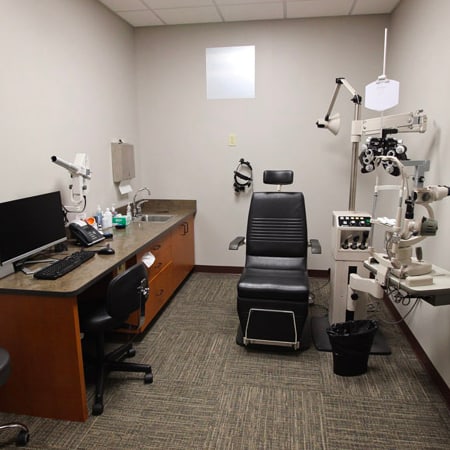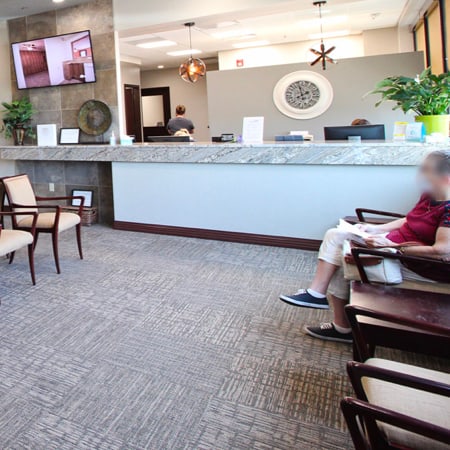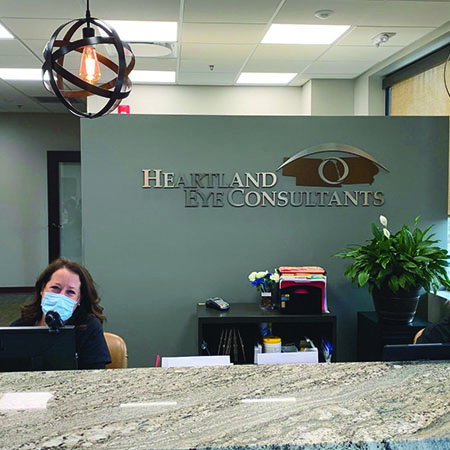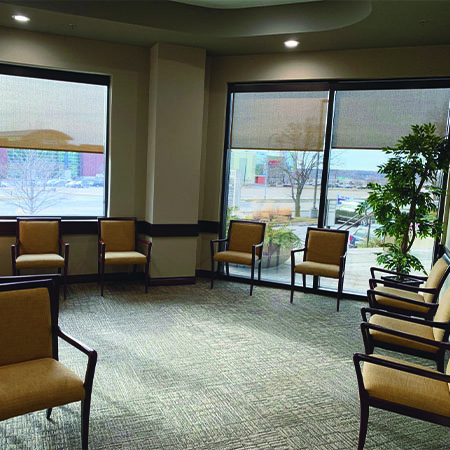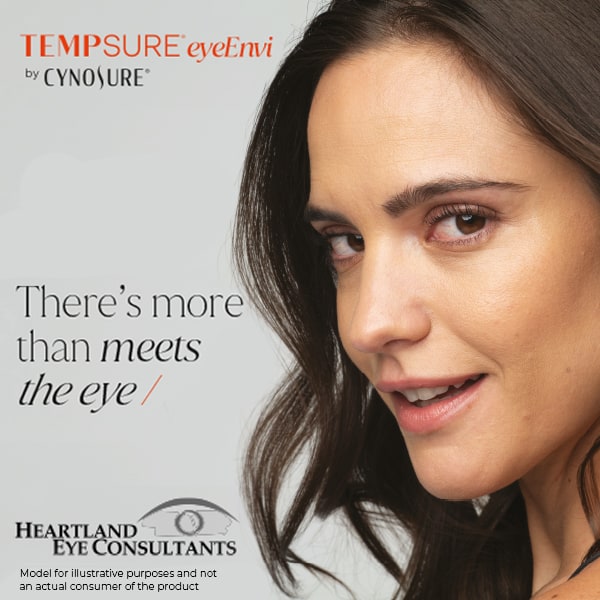If you’ve ever experienced a burning, gritty, and dry sensation in the eye, it was probably dry eye disease—an extremely common eye condition that can be extremely frustrating to deal with. And it was likely caused by something called “meibomian gland dysfunction” or “MGD.” But what causes this?
The meibomian gland in your eye produces oils for your tears. But sometimes these glands can become blocked and can’t do their job anymore. This is often due to age, hormonal changes, diet, environment, or poor hygiene around your eyes.
What Is a Meibomian Gland?
All along the eyelid, there are tiny little oil glands. There are roughly 25-40 of these glands in your upper eyelid, and a little less in the lower. These oil glands are your meibomian glands.
They create oils for your tear film and send them out through tiny little ducts. The oils stop the tears from evaporating too quickly by coating the outside of the tear film itself. So when the meibomian glands are working properly, they keep your eyes protected, hydrated, and ready to take on anything.
What Is MGD?
But like many parts of your body, the meibomian glands don’t always work perfectly. The ducts can become clogged up and start to swell, which directly affects the oils being produced. When the glands don’t function properly anymore, it’s called “meibomian gland dysfunction.”
Either the glands can’t produce enough oils or the oils being produced aren’t able to do their job. Because your tears now don’t have the proper protective coating of oil, they start to evaporate too quickly and leave your eyes unprotected and vulnerable. More often than not, this leads to dry eye disease—those burning, irritating, gritty feelings in the eye.
If you’ve never had dry eyes, it often feels like:
- A burning sensation on the surface of the eye
- There’s something trapped between the eyelid and eyeball
- Your eye is itchy
It often causes blurry vision and irritation as well. Dry eye disease and MGD are closely linked—in fact, MGD is one of the leading causes of dry eye disease!
Why Does MGD Develop?
So why does this condition develop in the first place? It’s typically due to a combination of factors, including:
- Aging. As we get older, the meibomian glands tend to begin producing less oil.
- Hormonal changes, which can affect the production—and quality—of the oils
- Systematic diseases like rosacea, hypertension, and Sjogren’s syndrome
- Bacterial overgrowth around the eyes
- Environment
- Poor nutrition
It’s also important to note that MGD can often go undiagnosed because its symptoms are similar to other eye conditions. If you’re experiencing persistent dry eye symptoms, it may be worth asking your optometrist about MGD or taking steps to treat your MGD at home.

Can You Treat MGD at Home?
There’s good news: MGD is a lot more common than most people think. There are a few steps you can take at home to find relief. You can try:
- Warm compresses over your eye to try and unblock the glands
- Practicing proper eyelid hygiene to avoid bacterial overgrowth
- Over-the-counter eye drops to help promote your tear production and find relief
- Nutritional supplements to help support healthy tear production
But while these can bring you relief, they may not actually address a problem within the meibomian glands. This often requires an optometrist.
How to Treat MGD
Remember, your optometrist is an eye care professional, and they’re experienced in things like MGD. Here at Heartland Eye Consultants, it begins with a dry eye evaluation where we can assess how healthy your tear film is.
If we believe that your dry eyes are being caused by MGD, we’ll likely recommend:
- MiBo Thermoflo. This applies a gentle amount of heat to the area alongside an extremely gentle massage. It helps to break up any blockages in the meibomian gland and stimulates the area to promote healing so your eyes can get the tears they need.
- OptiLight IPL treatment, also known as “intense pulsed light.” This uses a device to release short bursts of light at the affected area, which reduces inflammation and opens up the glands.
- Cynosure radiofrequency treatment (RF) uses pulsing frequency and heat to break up blocked glands
MGD and dry eyes can be extremely frustrating, but you don’t have to suffer in silence. Your optometrist can help, so it’s always worth stopping by for a visit.
Get Help for Your Dry Eyes
If you’re experiencing symptoms of dry eye disease, come visit our team at Heartland Eye Consultants! Our team is experienced in dealing with conditions like dry eye disease and MGD, and we’re here to help you find relief. With our team at your side, we’ll help you find a solution, so book an appointment with us today!














